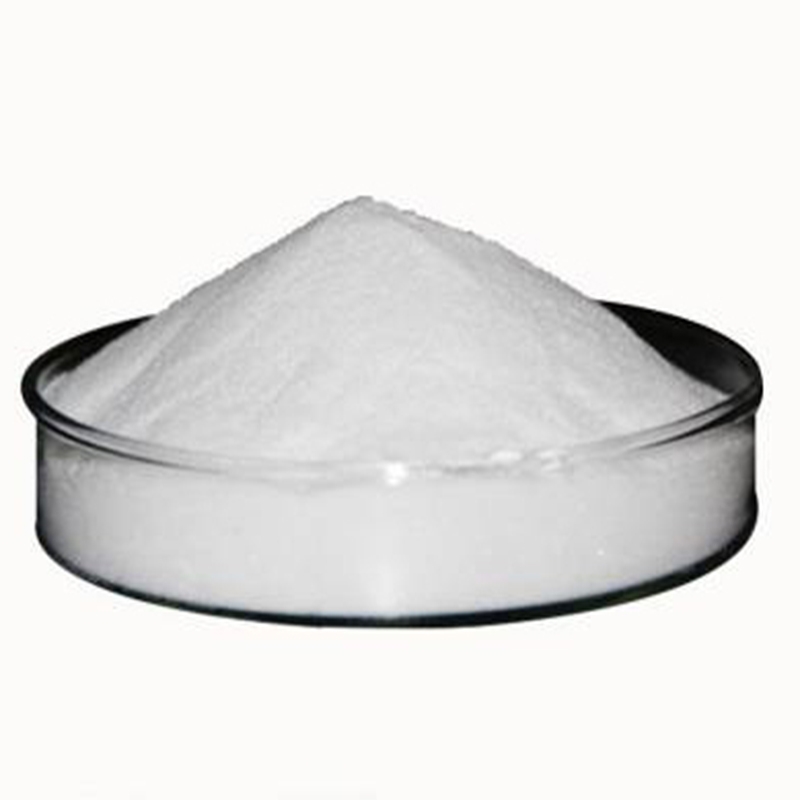-
Categories
-
Pharmaceutical Intermediates
-
Active Pharmaceutical Ingredients
-
Food Additives
- Industrial Coatings
- Agrochemicals
- Dyes and Pigments
- Surfactant
- Flavors and Fragrances
- Chemical Reagents
- Catalyst and Auxiliary
- Natural Products
- Inorganic Chemistry
-
Organic Chemistry
-
Biochemical Engineering
- Analytical Chemistry
-
Cosmetic Ingredient
- Water Treatment Chemical
-
Pharmaceutical Intermediates
Promotion
ECHEMI Mall
Wholesale
Weekly Price
Exhibition
News
-
Trade Service
The gene sequence variation was also analyzed to identify favorable haplotypes and track
their genetic evolution.
This achievement not only deepens the understanding of the genetic basis of wheat plant type, but also provides important genetic resources and theoretical basis
for molecular improvement of wheat plant type and yield.
Tillers angle is one of the important agronomic traits of wheat, and it is also a key factor in the composition of ideal plant types of wheat, which affects the photosynthetic efficiency and adaptability of wheat groups, and is closely related to
wheat yield.
Cultivating wheat varieties with moderate tillering angles can effectively increase population yields; The analysis of the molecular regulation mechanism formed by the angle of tillers in wheat can provide theoretical reference and genetic resources
for the genetic improvement of wheat plant types.
However, at present, there are still few reports on the cloning of wheat tillers angle, and the molecular mechanism and action network are still unclear
.
Around this scientific problem, the team has carried out long-term exploration, excavated multiple genetic regulation sites of wheat tillering angle, and conducted in-depth research
.
wheat yield.
Cultivating wheat varieties with moderate tillering angles can effectively increase population yields; The analysis of the molecular regulation mechanism formed by the angle of tillers in wheat can provide theoretical reference and genetic resources
for the genetic improvement of wheat plant types.
However, at present, there are still few reports on the cloning of wheat tillers angle, and the molecular mechanism and action network are still unclear
.
Around this scientific problem, the team has carried out long-term exploration, excavated multiple genetic regulation sites of wheat tillering angle, and conducted in-depth research
.
In this study, genome-wide association analysis (GWAS), BSA pooling analysis and BSR-seq method were used to locate and successfully clon the TaHST1L gene on the 5A chromosome of wheat, and the gene function was verified
.
Further analysis of its potential mechanism of action shows that TaHST1L interacts with the protein TaIAA17, which is involved in auxin signal transduction, and may inhibit the accumulation
of TaIAA17.
According to the results of the study, it is speculated that TaHST1L plays an active key role in regulating endogenous auxin levels by interacting with TaIAA17 to mediate auxin signaling pathways, thereby affecting wheat tillering patterns
.
The TaHST1L gene sequence was analyzed, and the gene was divided into three gene haplotypes according to the variation information, and it was proved that TaHST1L-A1b was a haplotype
with excellent yield.
Evolutionary analysis suggests that TaHST1L-A1b may have originated from wild two-grain wheat, retained in artificial domestication in cultivated two-grain wheat and conical wheat, and has been strongly domesticated in current wheat breeding, and also indicates that TaHST1L has the potential to
improve wheat yield by improving plant types.
.
Further analysis of its potential mechanism of action shows that TaHST1L interacts with the protein TaIAA17, which is involved in auxin signal transduction, and may inhibit the accumulation
of TaIAA17.
According to the results of the study, it is speculated that TaHST1L plays an active key role in regulating endogenous auxin levels by interacting with TaIAA17 to mediate auxin signaling pathways, thereby affecting wheat tillering patterns
.
The TaHST1L gene sequence was analyzed, and the gene was divided into three gene haplotypes according to the variation information, and it was proved that TaHST1L-A1b was a haplotype
with excellent yield.
Evolutionary analysis suggests that TaHST1L-A1b may have originated from wild two-grain wheat, retained in artificial domestication in cultivated two-grain wheat and conical wheat, and has been strongly domesticated in current wheat breeding, and also indicates that TaHST1L has the potential to
improve wheat yield by improving plant types.
The research results were published online in the internationally renowned academic journal Plant Biotechnology in the form of a paper entitled "A HST1-like gene controlled tiller angle through regulating endogenous auxin in common wheat" Journal (IF:13.
263), Associate Professor Zhao Lei and doctoral students Zheng Yueting and Wang Ying of the College of Agronomy, Henan Agricultural University are the co-first authors of the paper, Professor Chen Feng is the corresponding author of the paper, and Wang Shasha, Zhang Kunpu, Zhang Ning and Dong Dongdong participated in this work
.
This research was supported
by the National Natural Science Foundation of China, Henan Major Science and Technology Project, Henan Science and Technology Research Project and other projects.
263), Associate Professor Zhao Lei and doctoral students Zheng Yueting and Wang Ying of the College of Agronomy, Henan Agricultural University are the co-first authors of the paper, Professor Chen Feng is the corresponding author of the paper, and Wang Shasha, Zhang Kunpu, Zhang Ning and Dong Dongdong participated in this work
.
This research was supported
by the National Natural Science Foundation of China, Henan Major Science and Technology Project, Henan Science and Technology Research Project and other projects.
Links to papers: https://onlinelibrary.
wiley.
com/doi/10.
1111/pbi.
13930
wiley.
com/doi/10.
1111/pbi.
13930







